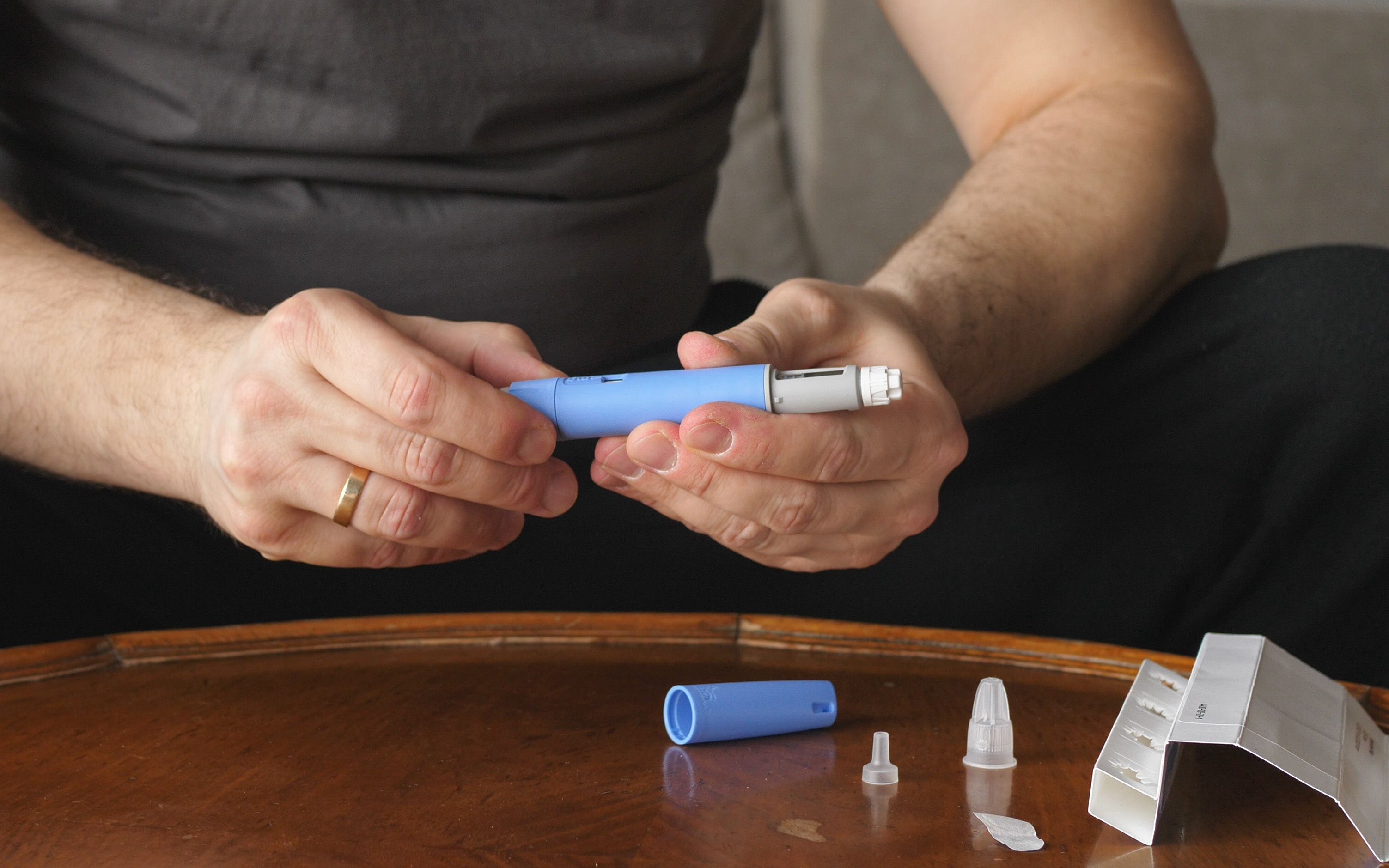- Case-Based Roundtable
- General Dermatology
- Eczema
- Chronic Hand Eczema
- Alopecia
- Aesthetics
- Vitiligo
- COVID-19
- Actinic Keratosis
- Precision Medicine and Biologics
- Rare Disease
- Wound Care
- Rosacea
- Psoriasis
- Psoriatic Arthritis
- Atopic Dermatitis
- Melasma
- NP and PA
- Skin Cancer
- Hidradenitis Suppurativa
- Drug Watch
- Pigmentary Disorders
- Acne
- Pediatric Dermatology
- Practice Management
- Prurigo Nodularis
- Buy-and-Bill
Article
The use of microsponges in dandruff shampoos
Microsponges are very small sponges that can be loaded with substances for delivery to the skin. The most interesting use of microsponges in OTC (over-the-counter) drug dermatologics is in dandruff shampoos.
Q. What are microsponges and how are they currently being used in cosmeceuticals and dandruff shampoos?
A. Microsponges are very small sponges available in two sizes: below 50 micrometers and between 100-200 micrometers. The sponges can be loaded with substances for delivery to the skin.
There are two methods to load the sponges that yield different delivery possibilities. One technique is to soak the microsponge in a solvent solution containing the active ingredient followed by evaporation of the solvent, leaving the active ingredient on the outside of the sponge. Another technique is to mix the active ingredient with the sponge polymer when it is being formed. Since the microsponges can be crushed when they are rubbed into the skin, the second method insures better time-released delivery.
The most interesting use of microsponges in OTC (over-the-counter) drug dermatologics is in dandruff shampoos. Zinc pyrithione and selenium sulfide are commonly use anti-inflammatory and antifungal agents, but both possess a foul smell that consumers find distasteful on their hair. If the zinc pyrithione or selenium sulfide are placed on a microsponge, the odor is reduced while maintaining ingredient efficacy. This same concept is being used to incorporate odor-releasing ingredients into cosmeceuticals.
More conundrums
The reason for, benefits of cellulite creams
What is the NMF? How does it affect the skin?
What is the newest fad in antiperspirant/deodorants?
Why is retinol used in cellulite minimizing creams?





